Serbia
Discover Serbia
Serbia, a country located in Southeast Europe, is known for its rich history, vibrant culture, and beautiful landscapes. Nestled in the heart of the Balkans, Serbia boasts a diverse and fascinating tapestry of traditions, including its unique cuisine, music, and dance.
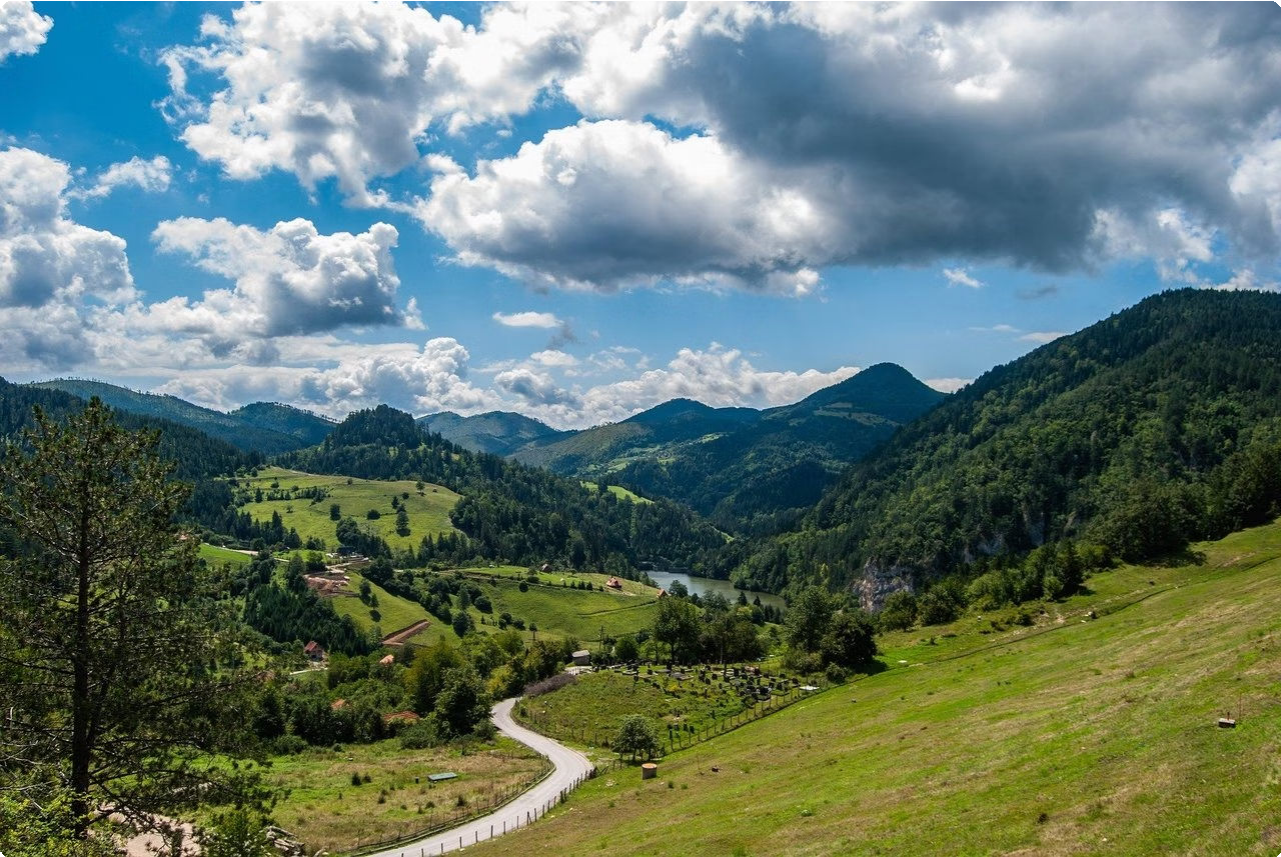
From the bustling streets of Belgrade, the capital city, to the tranquil countryside dotted with medieval monasteries, Serbia offers a blend of modernity and tradition. Explore the dynamic energy of its urban centers and immerse yourself in the warmth of Serbian hospitality.
Serbian Flag and National Symbols
The flag of Serbia consists of three horizontal stripes – red, blue, and white. The coat of arms, located on the left side of the flag, features a white double-headed eagle in the center, representing the Serbian state. The national symbols of Serbia include the Serbian eagle, which signifies strength, freedom, and independence, and the Serbian cross, a profound religious and cultural emblem.

Additionally, the national flower of Serbia is the Serbian tricolored lily, a beautiful and delicate flower that holds historical significance. The country also has a national anthem, “Bože pravde” (God of Justice), which reflects the spirit and pride of the Serbian people. These national symbols play a vital role in representing the rich heritage and spirit of Serbia.
Geography and Map of Serbia
Serbia is a landlocked country situated in Southeast Europe, with a diverse and fascinating geography. From the plains of Vojvodina to the mountainous regions of Šumadija and the Dinaric Alps, Serbia boasts a varied landscape. The country is also known for its numerous rivers, including the iconic Danube and the stunning Iron Gates gorge.

The map of Serbia showcases its strategic location at the crossroads of Central and Southeast Europe. It borders Hungary to the north, Romania to the northeast, Bulgaria to the southeast, North Macedonia to the south, Croatia and Bosnia and Herzegovina to the west, and Montenegro to the southwest. Belgrade, the capital city, is the political, economic, and cultural heart of Serbia.
Currency and Economy of Serbia
Currency
Serbia’s official currency is the Serbian Dinar (RSD). The dinar is issued by the National Bank of Serbia and is represented by the symbol “РСД”. Banknotes come in denominations of 10, 20, 50, 100, 200, 500,
1000, 2000, and 5000 dinars, while coins are available in 1, 2, 5, 10, and 20 dinars. It’s advisable for
travelers to exchange their currency upon arrival to ensure smooth transactions during their stay in Serbia.
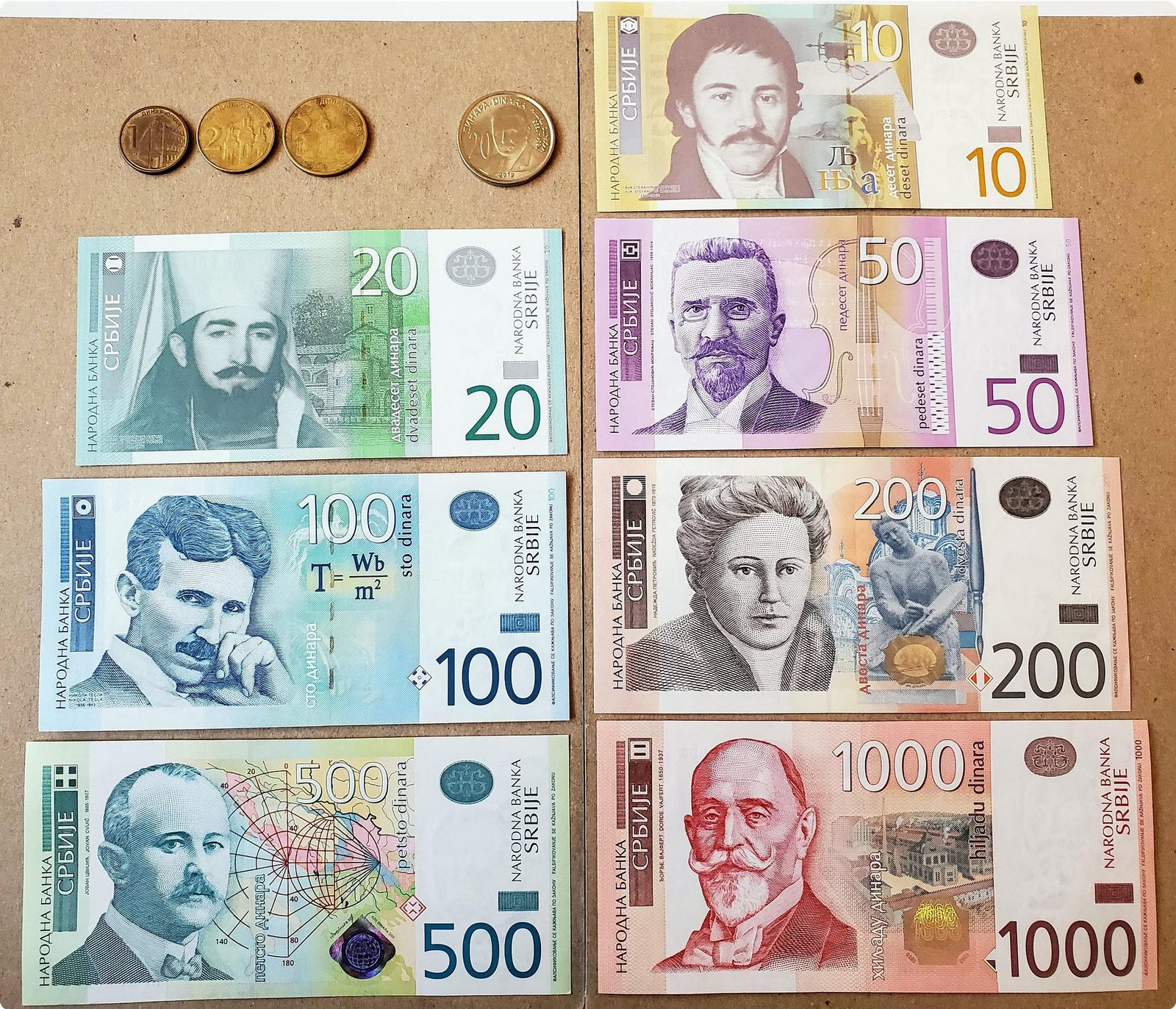
Economy
Serbia has a developing economy, with key sectors including agriculture, manufacturing, energy, and services. Agriculture plays a significant role in the economy, with Serbia known for its production of
fruits, vegetables, and wheat. The manufacturing sector includes automotive, machinery, and electronics
industries, while energy production is supported by coal, natural gas, and renewable sources. The services sector, particularly tourism and information technology, also contributes to the country’s economic growth.
Cultural Highlights of Serbia
Russian Orthodox Churches
Serbia is home to breathtaking Russian Orthodox churches, known for their stunning architecture, intricate frescoes, and rich historical significance. Visitors can immerse themselves in the spiritual and artistic beauty of these sacred sites, experiencing the deep cultural and religious heritage of Serbia.
Traditional Serbian Embroidery
Embroidery holds a special place in Serbian culture, with traditional designs and motifs that reflect the country’s vibrant history and folklore. The intricate craftsmanship of these colorful textile artworks showcases the skill and artistry of Serbian artisans, making them an essential part of the country’s cultural identity.
Folkloric Dances
Serbia boasts a rich tradition of folkloric dances, each with its own regional flair and captivating rhythms. These lively and expressive dances are a reflection of Serbian heritage, with intricate footwork and vibrant costumes that tell stories of love, bravery, and community through movement and music.
Traditional Serbian Dance
Serbia is home to a rich and diverse tradition of folk dances, each with its unique history and cultural significance. One of the most famous Serbian dances is the “Kolo,” a collective dance symbolizing unity and community. The dancers hold hands and move in a circle, creating a mesmerizing visual spectacle. Another popular dance is the “Moravac,” which originated in the Morava region, known for its fast-paced steps and lively rhythm.

Traditional Serbian dance costumes also play an essential role in preserving the country’s heritage. The intricate embroidery, vibrant colors, and intricate designs of the costumes reflect the diversity and history of Serbian culture. These traditional dances are often performed at weddings, festivals, and other celebratory events, showcasing the pride and joy of the Serbian people in their cultural traditions.
Famous Serbian Celebrities
Novak Djokovic
Novak Djokovic, born in Serbia, is a renowned professional tennis player and one of the most successful athletes in the world. He has claimed numerous Grand Slam titles and is widely celebrated for his exceptional talent, sportsmanship, and philanthropic efforts.

Jovana Brakočević
Jovana Brakočević, a professional volleyball player from Serbia, is considered one of the best players in the world. She has won multiple championships and awards for her skill and leadership on the court, and is a true inspiration for aspiring athletes.
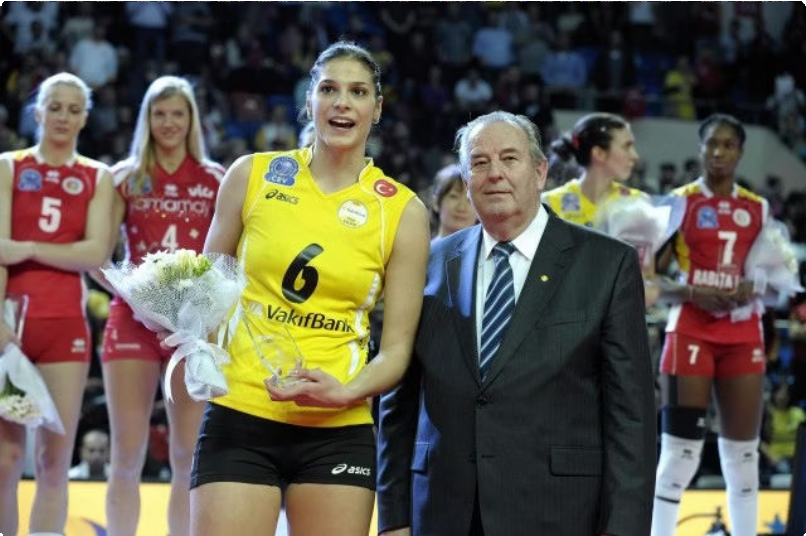
Dusan Tadic
Dusan Tadic is a talented Serbian professional footballer who currently plays as an attacking midfielder for Ajax and the Serbian national team. Known for his technical skills, creativity, and leadership, Tadic has been instrumental in Ajax’s success and has earned accolades for his performances on the field.

Ana Ivanovic
Ana Ivanovic, a former professional tennis player, hails from Serbia and has achieved remarkable success in the world of tennis. She is admired for her skill on the court and has left a lasting legacy in the sport.
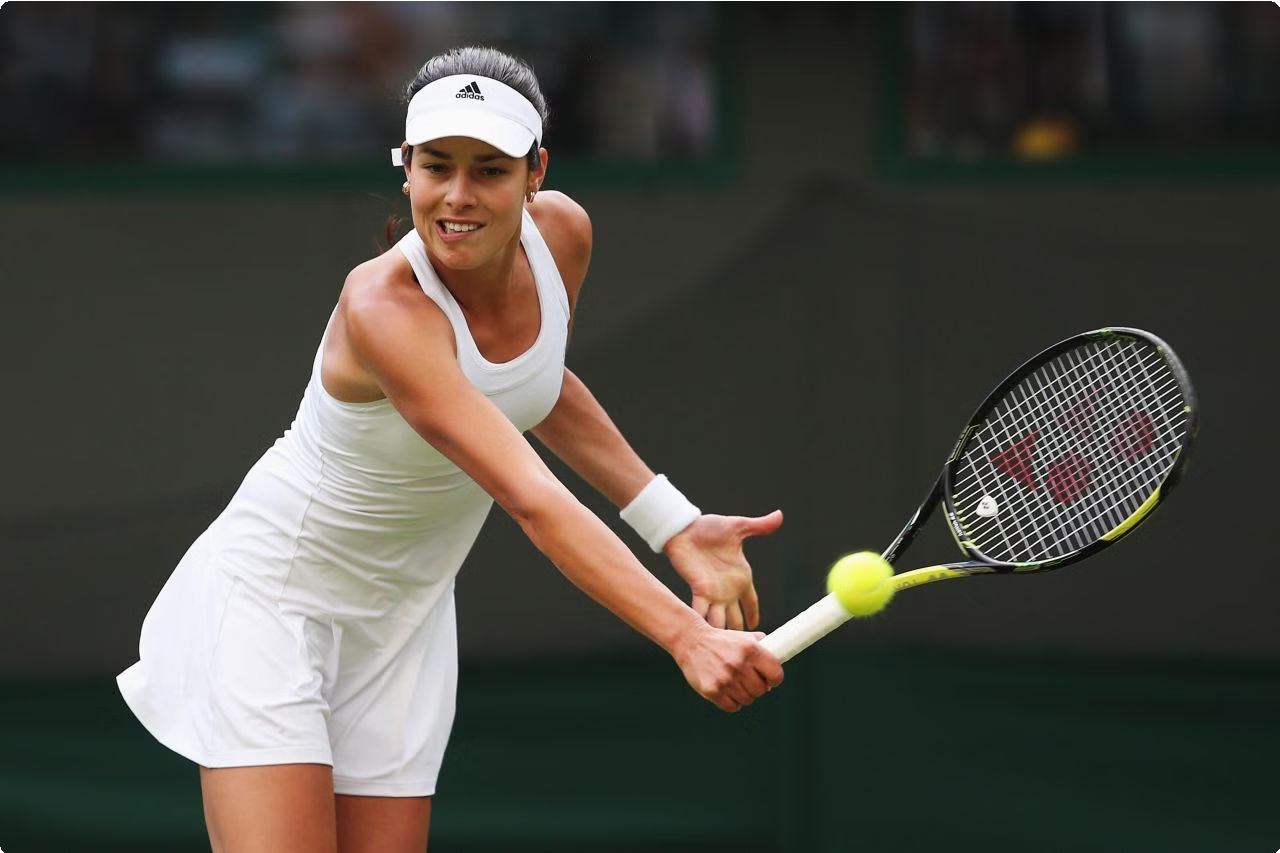
Jovana Brakočević
Jovana Brakočević, a professional volleyball player from Serbia, is considered one of the best players in the world. She has won multiple championships and awards for her skill and leadership on the court, and is a true inspiration for aspiring athletes.
Serbian Cuisine and Traditional Food
Ćevapi
Ćevapi is a traditional Serbian dish consisting of grilled minced meat, typically made from a mixture of pork, beef, and lamb. These mouthwatering sausages are often served with lepinja bread, chopped onions, kajmak (a dairy spread), and ajvar (a savory pepper-based condiment), creating a delightful combination of flavors and textures.
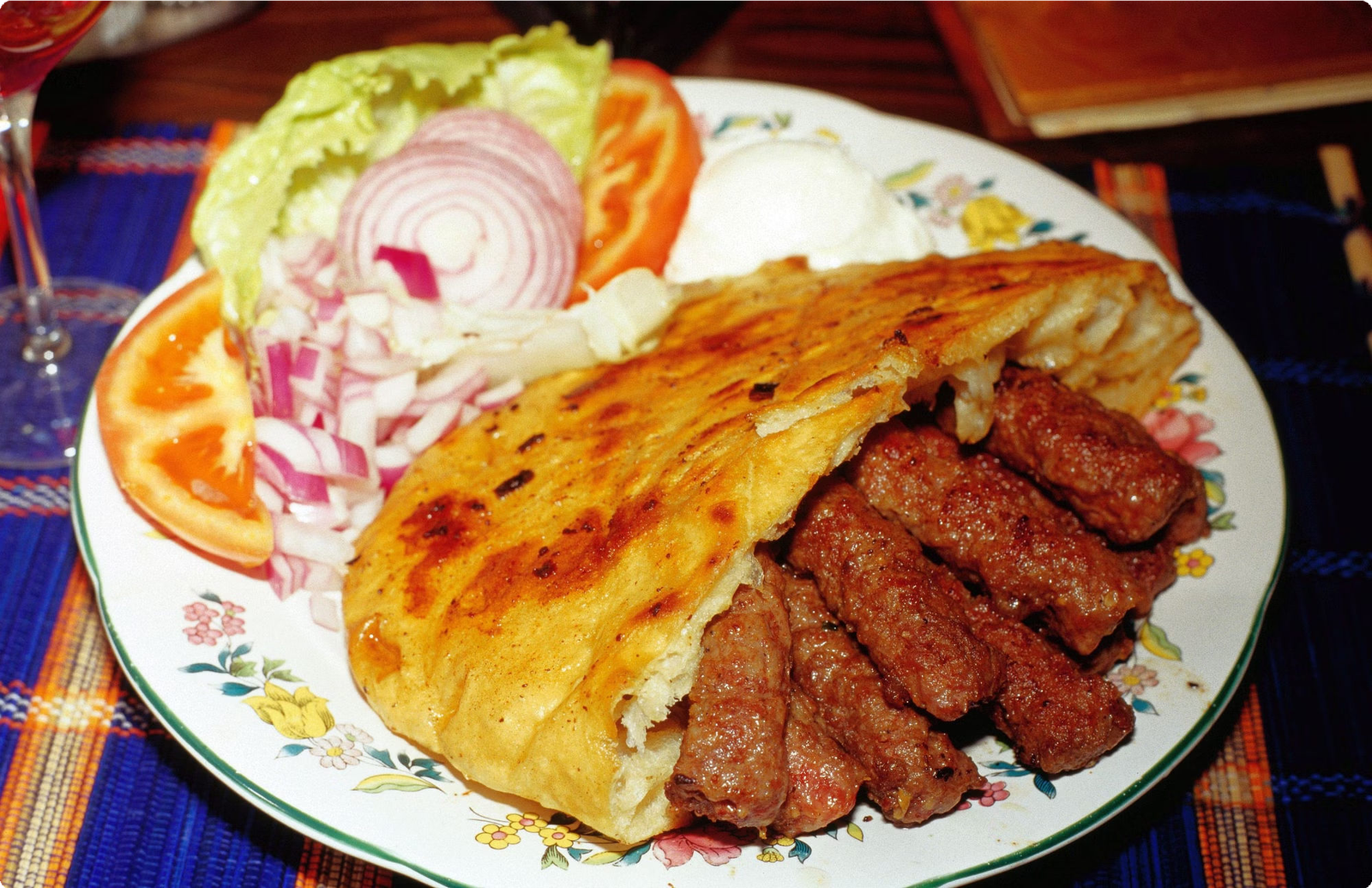
Sarma
Sarma is a beloved Serbian comfort food made from sour cabbage leaves stuffed with a mixture of ground pork, beef, rice, and savory spices. The rolls are then simmered in a flavorful tomato-based sauce, resulting in a hearty and satisfying dish that is often enjoyed during festive occasions and family gatherings.
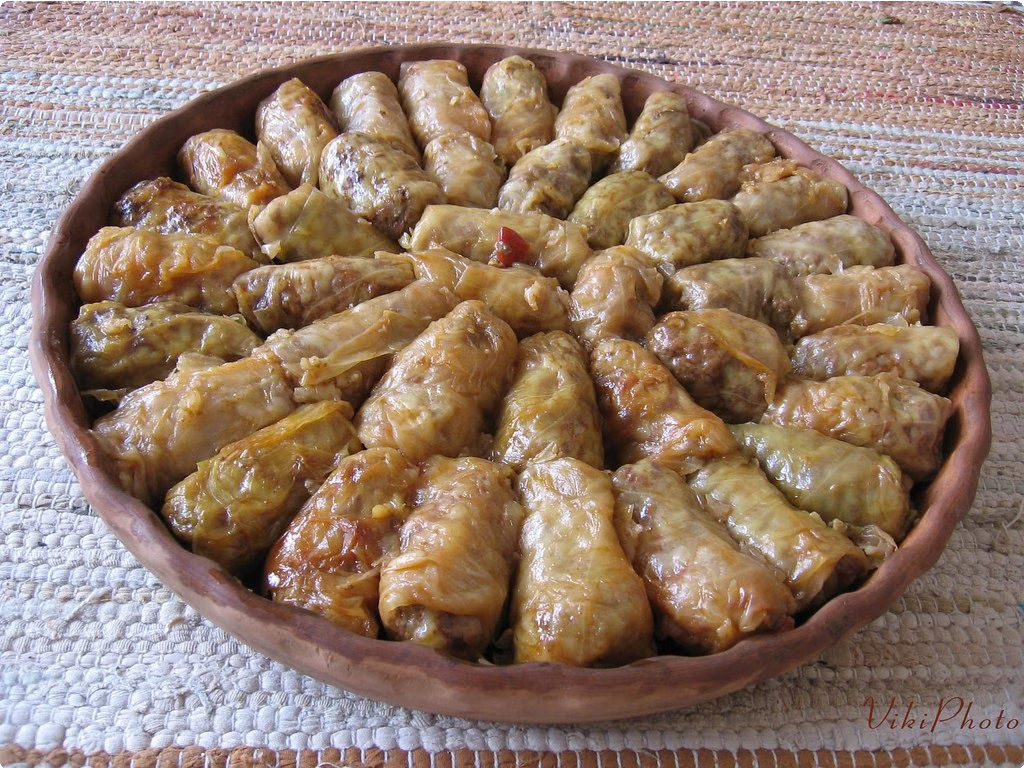
Burek
Burek is a flaky pastry filled with various savory fillings, such as seasoned meat, cheese, spinach, or potatoes. This popular Serbian snack is known for its crispy golden layers and rich, flavorful fillings, making it a staple of street food vendors and bakeries across the country.
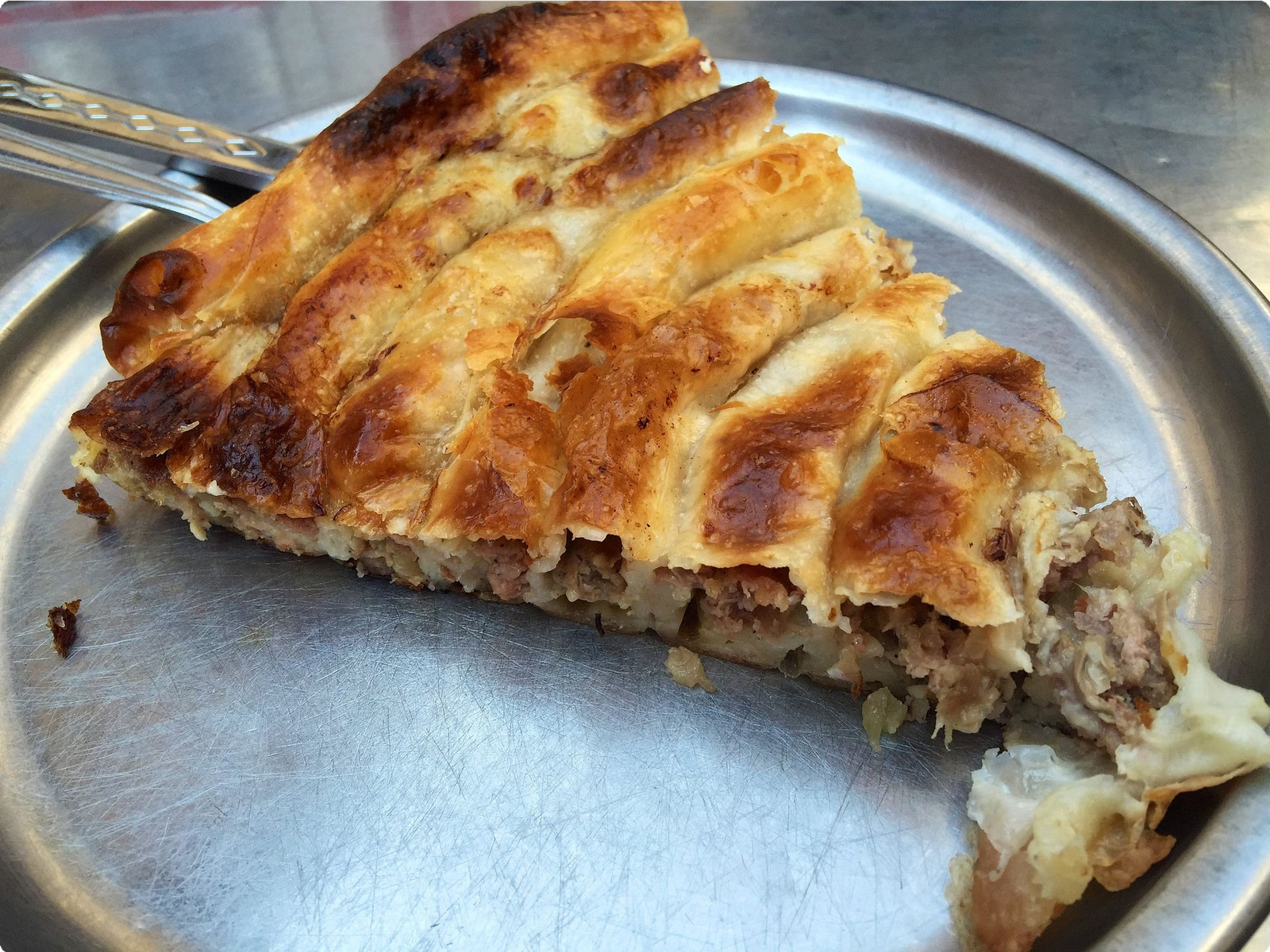
Ajvar
Ajvar is a traditional Serbian condiment made from roasted red bell peppers, garlic, and eggplant. This delectable spread is celebrated for its vibrant color and robust flavor, often enjoyed as a zesty accompaniment to various dishes or as a flavorful addition to sandwiches and appetizers.
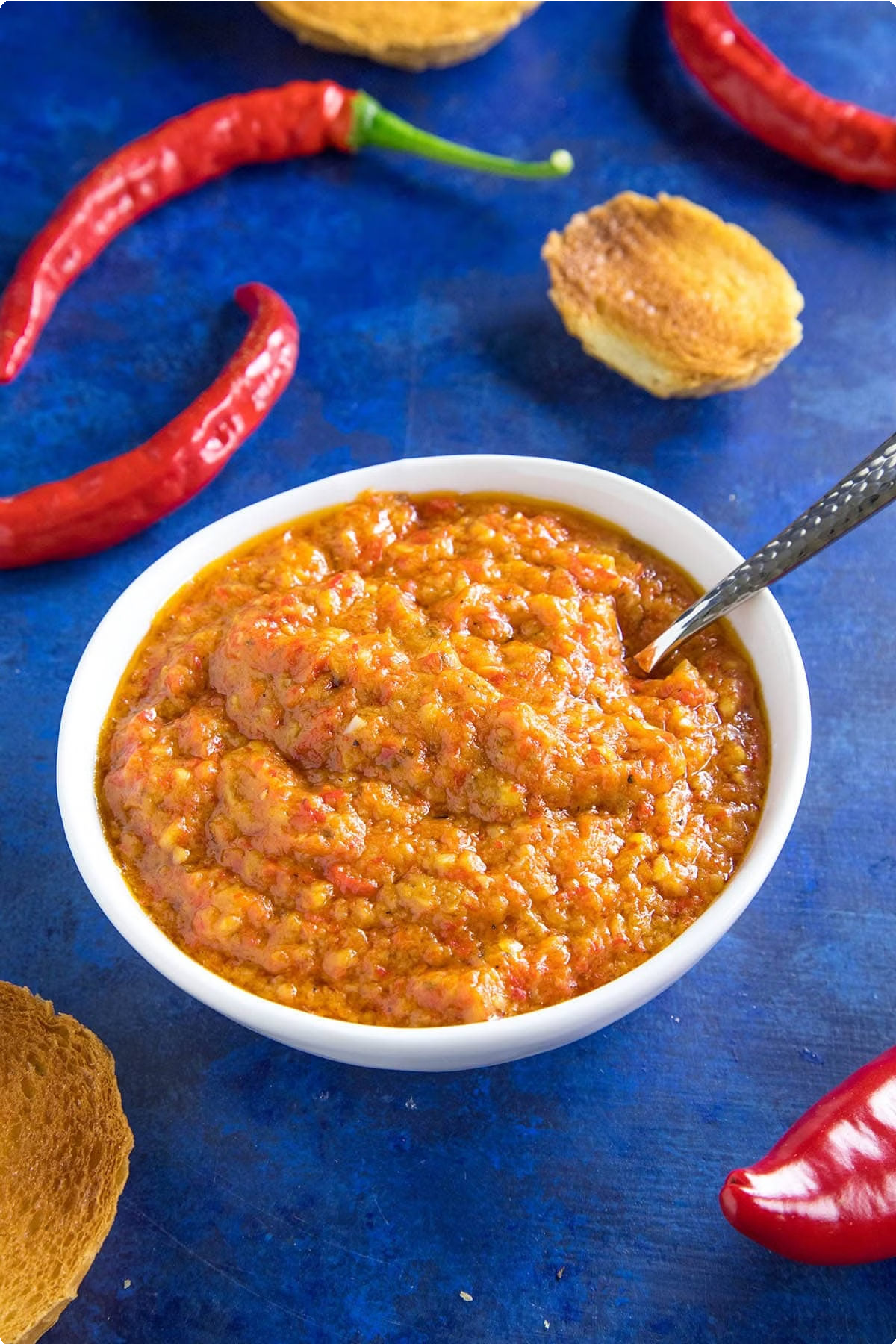
Best Restaurants to Visit in Serbia
Lorenzo and Kakalamba, Belgrade
Lorenzo and Kakalamba is a quirky and vibrant restaurant in Belgrade, known for its eclectic decor and delicious Italian-Serbian fusion cuisine. The menu features a variety of pasta dishes, wood-fired pizzas, and traditional Serbian specialties with a modern twist. The lively atmosphere and friendly staff make it a favorite among locals and tourists alike.
Tri Sesira, Skadarlija, Belgrade
Located in the historic Skadarlija district, Tri Sesira is a traditional Serbian restaurant with a charming old-world ambiance. The menu highlights authentic Serbian dishes, live folk music, and a warm, welcoming atmosphere. It’s the perfect place to experience the rich cultural heritage of Serbia while enjoying a hearty meal.
Salas 137 offers a unique dining experience in the picturesque countryside near Novi Sad. This traditional farmstead restaurant serves mouthwatering Serbian cuisine in a rustic, countryside setting. Visitors can enjoy specialties like grilled meats, homemade bread, and delicious local wines while taking in the serene rural surroundings.
Ambar, Belgrade and Novi Sad
With locations in both Belgrade and Novi Sad, Ambar offers a modern take on traditional Balkan cuisine. The menu features a wide selection of small plates, called “meze,” showcasing the diverse and flavorful dishes from across the region. Guests can enjoy a lively and convivial atmosphere while sampling a variety of innovative Balkan flavors.
Best activities to do in Serbia
Explore the Belgrade Fortress and Kalemegdan Park: Wander through the centuries-old fortress and enjoy panoramic views of the confluence of the Sava and Danube rivers. Visit the Military Museum and enjoy a leisurely stroll in the beautiful park.
Discover the Drina River House: This iconic house perched precariously on a rock in the middle of the Drina River has become a symbol of resilience and picturesque beauty.
Hike in Tara National Park: Explore the untouched wilderness, glittering lakes, and diverse flora and fauna of this stunning national park. Don’t miss the mesmerizing viewpoint Biljeska Stena.
Best Accommodations to Stay in Serbia
Hotel Moskva – Experience timeless elegance at this historic hotel located in the heart of Belgrade.
Square Nine Hotel – Indulge in luxury and sophistication at this five-star boutique hotel in downtown Belgrade.
Metropol Palace – Discover refined luxury and exceptional service at this iconic hotel in Belgrade.
Hyatt Regency Belgrade – Enjoy a blend of modern comfort and Serbian hospitality at this prestigious hotel.
Falkensteiner Hotel Belgrade – Experience contemporary design and comfort at this stylish hotel in Belgrade.
When visiting Serbia, you will find a wide variety of accommodations to suit your preferences and budget. From luxurious hotels offering world-class amenities to cozy and intimate guesthouses providing a homely atmosphere, Serbia caters to diverse lodging preferences. Additionally, charming bed and breakfasts and unique Airbnb rentals offer a more personalized touch to your stay. Whether you prefer modern comfort, traditional ambiance, or a unique local experience, Serbia has the perfect accommodation options for your visit.
Each accommodation type provides its own distinct ambiance, reflecting the rich culture and warm hospitality of the Serbian people. From the elegant luxury hotels in the heart of vibrant cities to the quaint guesthouses nestled in serene countryside, every option promises a memorable stay during your Serbian adventure.
Must-Visit Cities in Serbia
Belgrade – The Capital City
Belgrade, the capital and largest city of Serbia, is a vibrant metropolis situated at the confluence of the Danube and Sava rivers. The city boasts a rich history, evident through its diverse architecture, including the Belgrade Fortress, Kalemegdan Park, and the Republic Square. Visitors can explore the thriving arts and culture scene, enjoy the bustling nightlife, and indulge in the traditional cuisine at charming local restaurants.
Novi Sad – The Cultural Hub
Novi Sad, often referred to as the “Serbian Athens,” is a charming city known for its vibrant cultural scene. It is home to the prestigious EXIT music festival, as well as numerous museums, galleries, and theaters. The city’s historical center, with its baroque architecture and pedestrian-friendly streets, is a must-visit. Visitors can also enjoy the picturesque views from the Petrovaradin Fortress perched above the Danube River.
Nis – Historical and Cultural Center
Nis, one of the oldest cities in Europe and the birthplace of the Roman Emperor Constantine the Great, is a historical and cultural gem. It offers a fascinating blend of ancient ruins, medieval fortresses, and Ottoman heritage. The city is also famous for its lively food scene, with traditional Serbian taverns offering delectable local dishes. Visitors can explore the captivating history and enjoy the warm hospitality of the local residents.
Belgrade – The Capital City
Belgrade, the vibrant capital city of Serbia, is situated at the confluence of the Sava and Danube rivers. With a rich history dating back to ancient times, Belgrade is a fascinating blend of historical landmarks and modern architecture. The city’s skyline is adorned with the striking Kalemegdan Fortress, which offers panoramic views of the rivers and the surrounding area. Visitors can explore the diverse neighborhoods, each with its own unique charm and character.
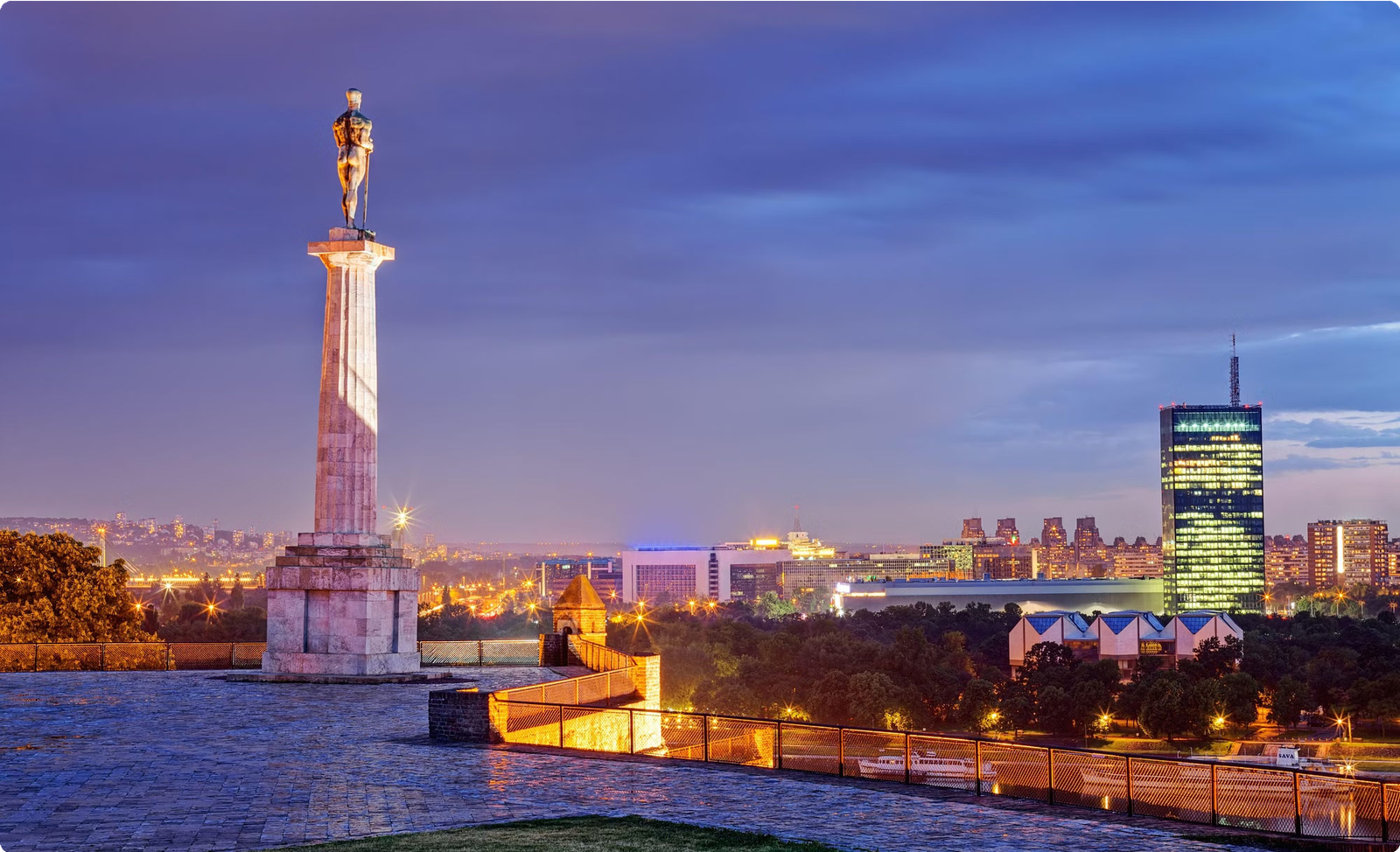
From the bustling streets of the bohemian Skadarlija district to the trendy coffee shops and art galleries in Savamala, Belgrade’s dynamic energy and creative spirit are palpable. The city’s cultural scene is alive with museums, theaters, and music venues, showcasing the artistry and talent of Serbian performers and artists.
Belgrade’s culinary scene is also a highlight, with an array of traditional restaurants, offering delectable Serbian cuisine. The city comes to life at night, with lively bars and clubs where locals and visitors gather to enjoy the renowned Serbian hospitality and vibrant nightlife. Belgrade truly embodies the heart and soul of Serbia, offering an unforgettable experience for travelers.
Novi Sad – The Cultural Hub
Novi Sad, the second-largest city in Serbia, is renowned for its vibrant cultural scene and rich historical heritage. Situated along the banks of the Danube River, Novi Sad is often referred to as the “Athens of Serbia” due to its significant contributions to literature, art, and music.
The city boasts a multitude of cultural attractions, including the Petrovaradin Fortress, which hosts the acclaimed EXIT Music Festival, drawing music enthusiasts from around the world. Furthermore, the Museum of Vojvodina and the Serbian National Theatre are integral to the city’s cultural landscape.

Beyond its historical landmarks, Novi Sad is characterized by its charming cobblestone streets, vibrant cafes, and art galleries, creating an inviting atmosphere for artists, musicians, and creatives. This dynamic cultural blend makes Novi Sad a must-visit destination for those seeking an immersive cultural experience.
Nis – Historical and Cultural Center
Nis, one of Serbia’s oldest cities, is a captivating blend of historical and cultural attractions. Steeped in history, Nis boasts the well-preserved Nis Fortress, dating back to the first century AD, as well as the Skull Tower, a striking and somber reminder of the city’s turbulent past. The Archaeological Hall showcases artifacts from the Roman, Byzantine, and Ottoman periods, providing a glimpse into the city’s diverse heritage.

Beyond its historical significance, Nis is also a vibrant cultural center, with numerous art galleries, theaters, and music venues. Visitors can explore the lively streets of the Old Town, filled with quaint shops, cafes, and restaurants offering traditional Serbian cuisine and local delicacies. Nis is also famous for its warm hospitality, making it a must-visit destination for those seeking a blend of history, culture, and authenticity.
Kragujevac – Industrial and Educational City
Kragujevac, located in the central part of Serbia, is a city renowned for its industrial and educational significance. The city plays a vital role in Serbia’s automotive industry, with several major car manufacturing plants being situated here. Additionally, Kragujevac is home to prestigious educational institutions, including the University of Kragujevac, which contributes significantly to the academic landscape of the region.
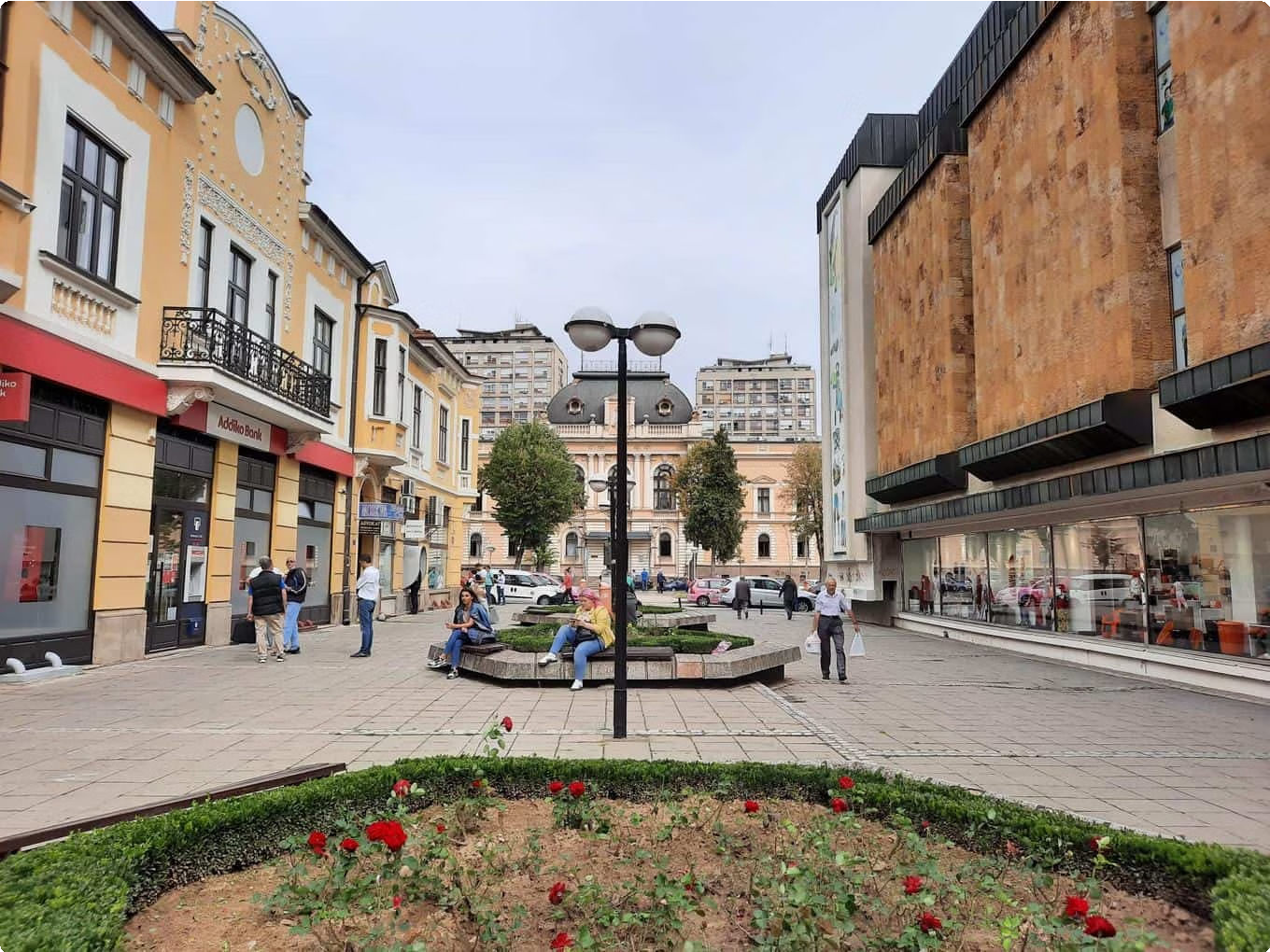
Visitors to Kragujevac can explore its rich historical heritage, with attractions such as the Museum of the First Serbian Uprising and the old Royal Palace. The city’s vibrant cultural scene, combined with its industrial prowess, make it a captivating destination for travelers seeking a blend of history, education, and industrial exploration.
Subotica – The Art Nouveau Gem
Subotica, a city located in northern Serbia, is renowned for its stunning Art Nouveau architecture. The cityscape is adorned with intricate details, vibrant colors, and ornate designs, showcasing the beauty of this artistic movement. Visitors can wander through the streets and marvel at the unique blend of styles, from Hungarian secessionist influences to intricate floral motifs.

One of the most iconic landmarks is the Subotica City Hall, a masterpiece of Art Nouveau design. Its elegant facade and ornamental features are a testament to the city’s rich architectural heritage. The Synagogue of Subotica is another mesmerizing structure, boasting Art Nouveau elements and captivating visitors with its enchanting allure.
Zlatibor – A Popular Mountain Resort
Zlatibor is a well-known mountain resort located in western Serbia, renowned for its stunning natural beauty, fresh mountain air, and numerous outdoor activities. The resort offers a perfect retreat for nature lovers, adventure enthusiasts, and anyone seeking relaxation in a picturesque setting.
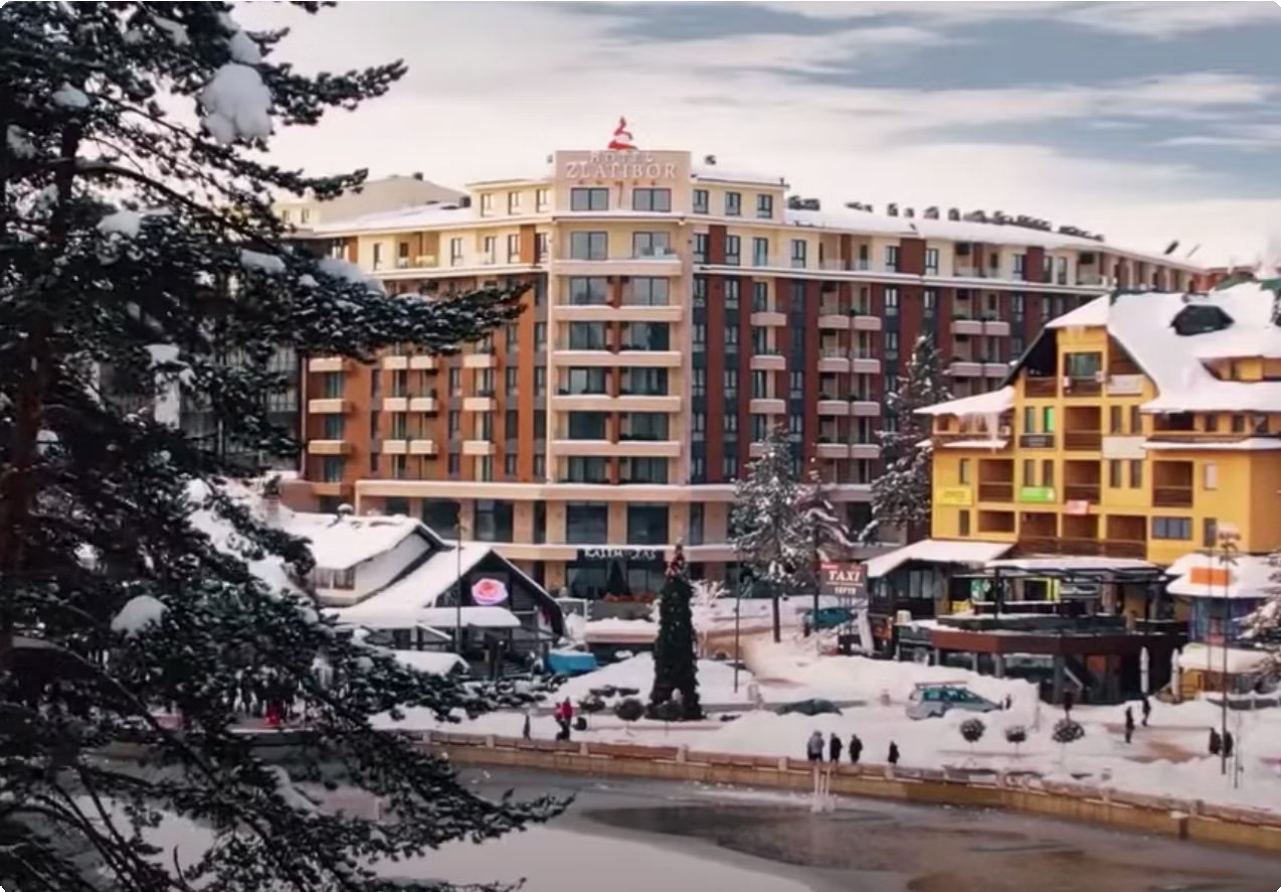
Visitors to Zlatibor can enjoy hiking through lush forests, panoramic views of the surrounding mountains, and the opportunity to relax by beautiful lakes. In the winter, the area becomes a hub for skiing and snowboarding, attracting tourists from all over the world.
The charming town of Zlatibor also boasts traditional wooden chalets, local craft markets, and delicious regional cuisine, making it an ideal destination for experiencing authentic Serbian culture and hospitality.
Vojvodina – The Breadbasket of Serbia
Vojvodina is a fertile region known as the breadbasket of Serbia, renowned for its vast agricultural landscape and rich cultural heritage. The region is a mosaic of colorful fields, charming villages, and bustling farms, offering a picturesque countryside escape for visitors.
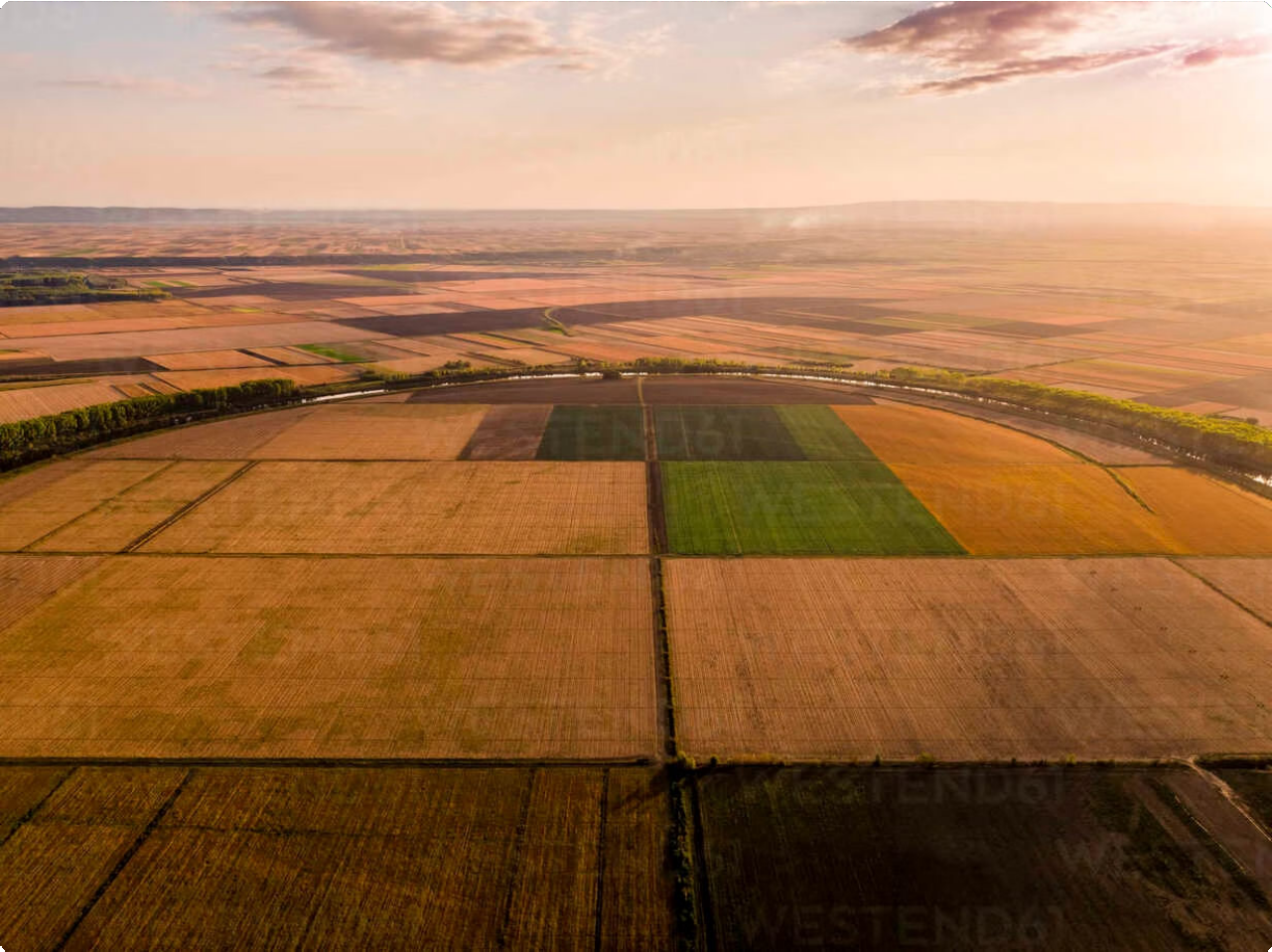
With its fertile soil and ideal climate, Vojvodina produces a variety of crops, including wheat, corn, sunflower, and grapes. The traditional villages and farms in Vojvodina showcase the region’s strong agricultural traditions, making it a significant contributor to Serbia’s agricultural industry.
Additionally, Vojvodina is a melting pot of cultures, with influences from Hungarian, Romanian, Slovak, and other ethnic communities. This multicultural diversity is reflected in the region’s architecture, cuisine, and traditional festivities, creating a unique and vibrant cultural experience for travelers.
The Danube River and Iron Gates
The Danube River, one of Europe’s most iconic waterways, flows through Serbia, offering breathtaking scenery and captivating experiences. As it winds through the country, the river forms the stunning Iron Gates, a series of gorges and valleys that define the natural border between Serbia and Romania.
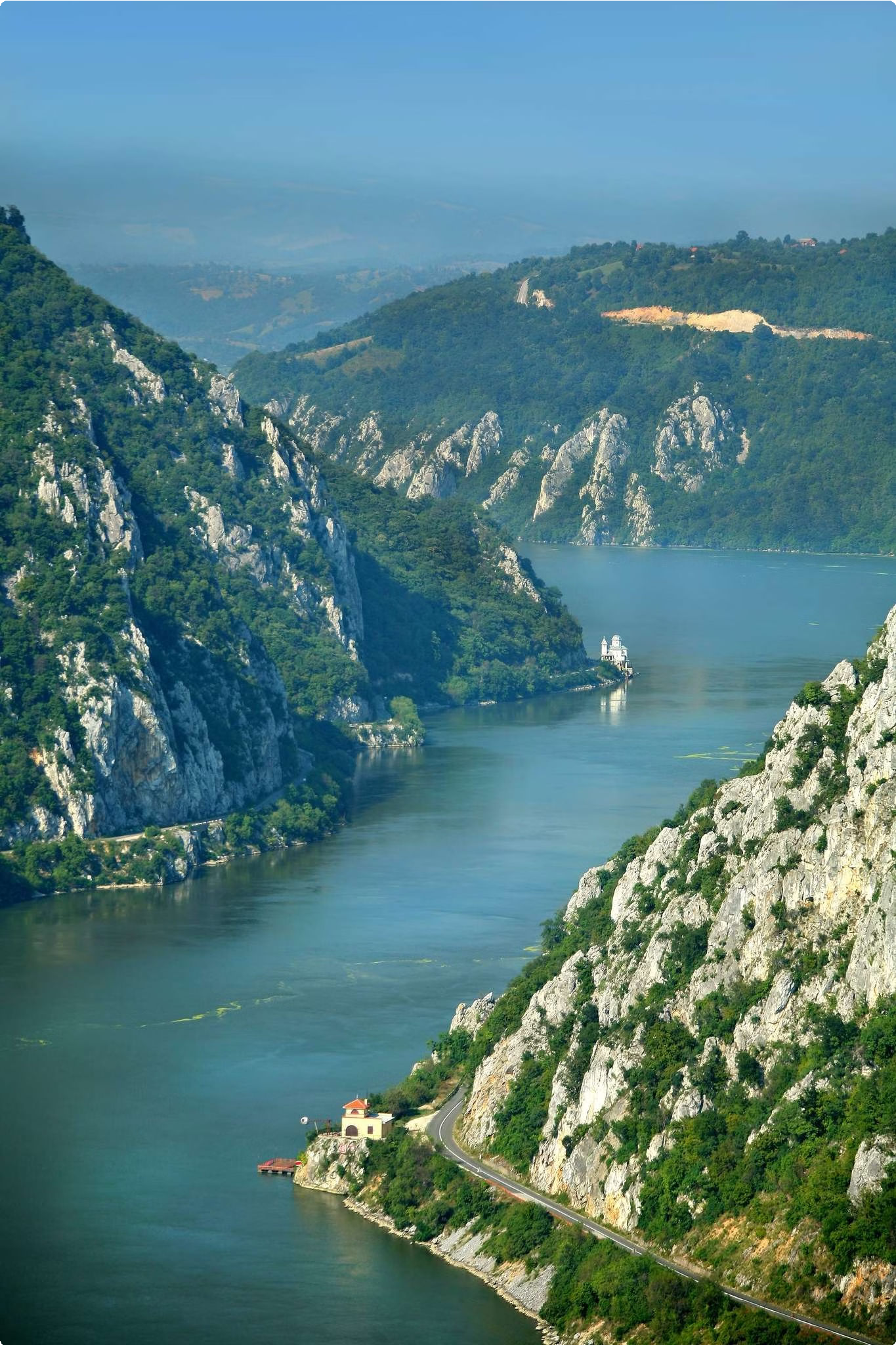
The Iron Gates region is renowned for its dramatic cliffs, lush forests, and picturesque landscapes. Visitors can take boat tours along the river, immersing themselves in the beauty of the deep gorges and rugged terrain. Whether it’s exploring the ancient rock carvings or simply admiring the sheer natural beauty, the Danube River and Iron Gates are an essential part of any Serbian travel itinerary.
The Stunning Serbian Orthodox Monasteries
Serbia is home to many breathtaking Orthodox monasteries, each with its own unique architectural style and historical significance. The monasteries are not only spiritual centers but also hold great cultural and artistic value.
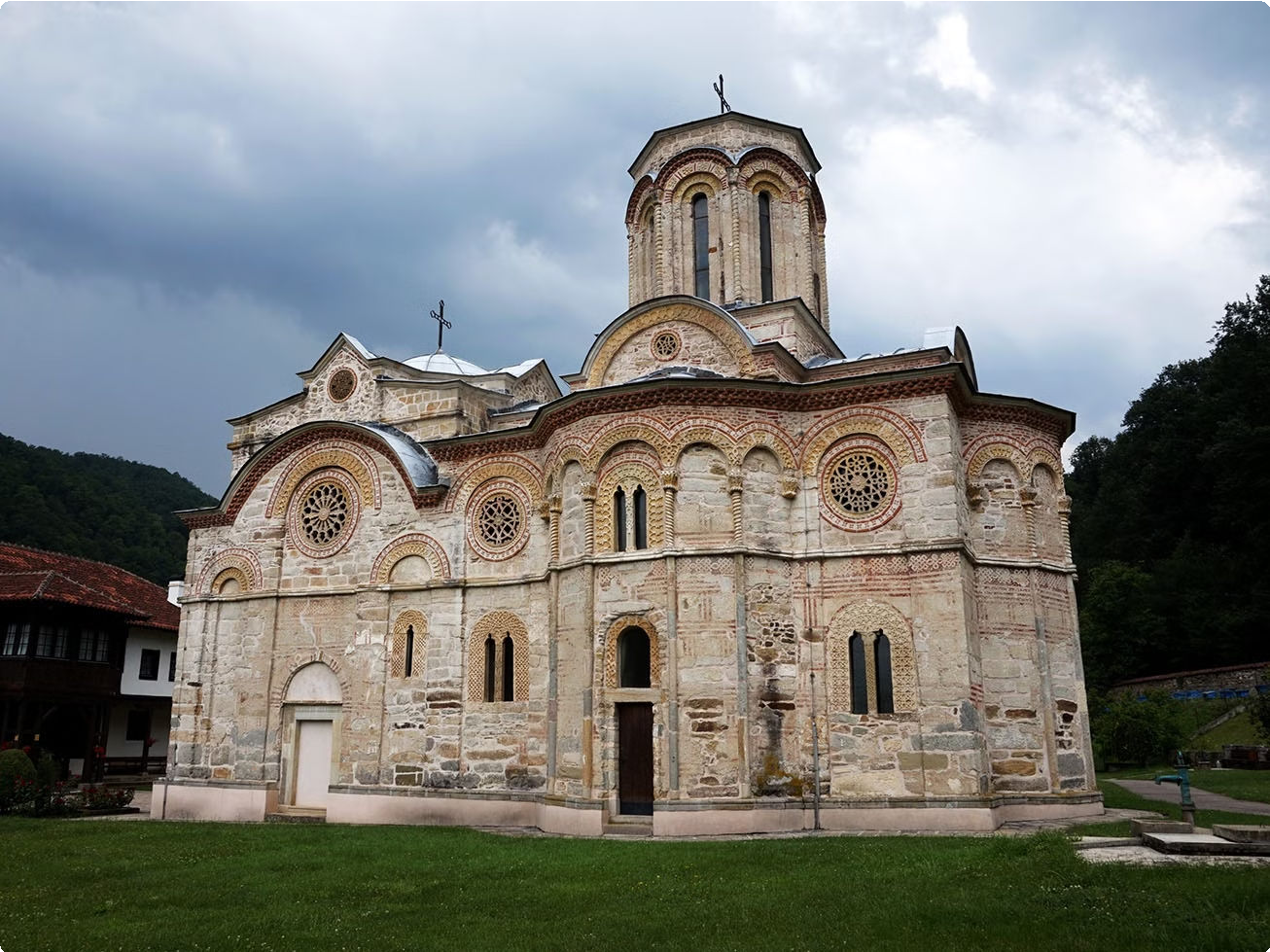
The stunning frescoes and intricate religious artwork found within these monasteries are a testament to the rich history and artistic heritage of Serbia. Some of the most notable monasteries include Studenica Monastery, Sopocani Monastery, and Visoki Decani Monastery, all of which are UNESCO World Heritage Sites.
The Vibrant Serbian Festivals and Events
Serbia is known for its vibrant festivals and events that showcase the rich cultural heritage of the country. One of the most famous events is the Guča Trumpet Festival, a lively celebration of traditional Serbian music and culture. During this festival, the streets come alive with the sounds of brass bands, folk dancing, and delicious local cuisine.
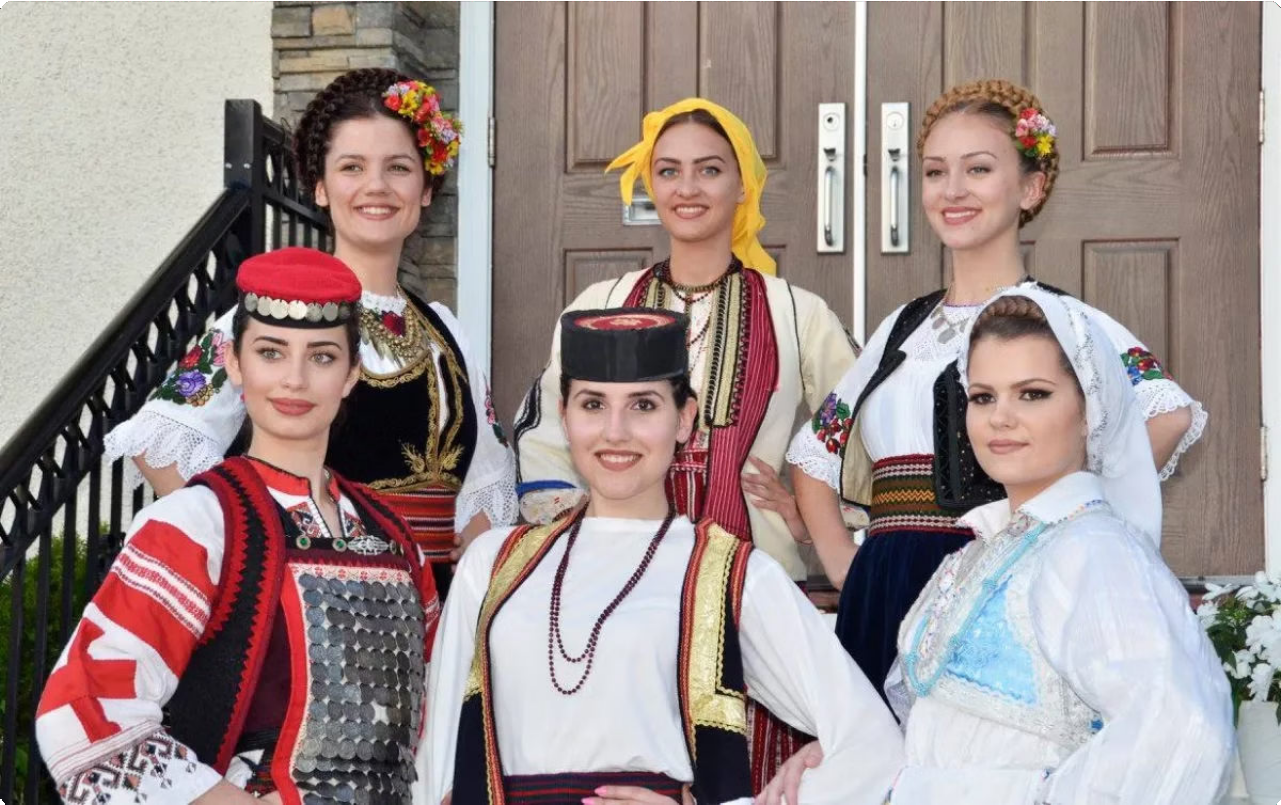
Another significant event is the EXIT Festival, held at the Petrovaradin Fortress in Novi Sad. This internationally acclaimed music festival brings together top artists from around the world, creating an electrifying atmosphere for music lovers.
Furthermore, the Nisville Jazz Festival, which takes place in the ancient city of Nis, is a must-visit for jazz enthusiasts. This event features performances by renowned jazz musicians in a charming historical setting.
The Rich History of Serbia
Serbia boasts a rich and diverse history that has been shaped by various civilizations and empires. From the ancient Roman and Byzantine periods to the Ottoman and Austro-Hungarian rule, Serbia’s historical tapestry is layered with a multitude of influences. The country is home to numerous historical sites and landmarks, such as the stunning Belgrade Fortress, the medieval monasteries of Studenica and Sopoćani, and the ancient Roman complex of Gamzigrad. These sites stand as testaments to Serbia’s historical significance and architectural beauty.
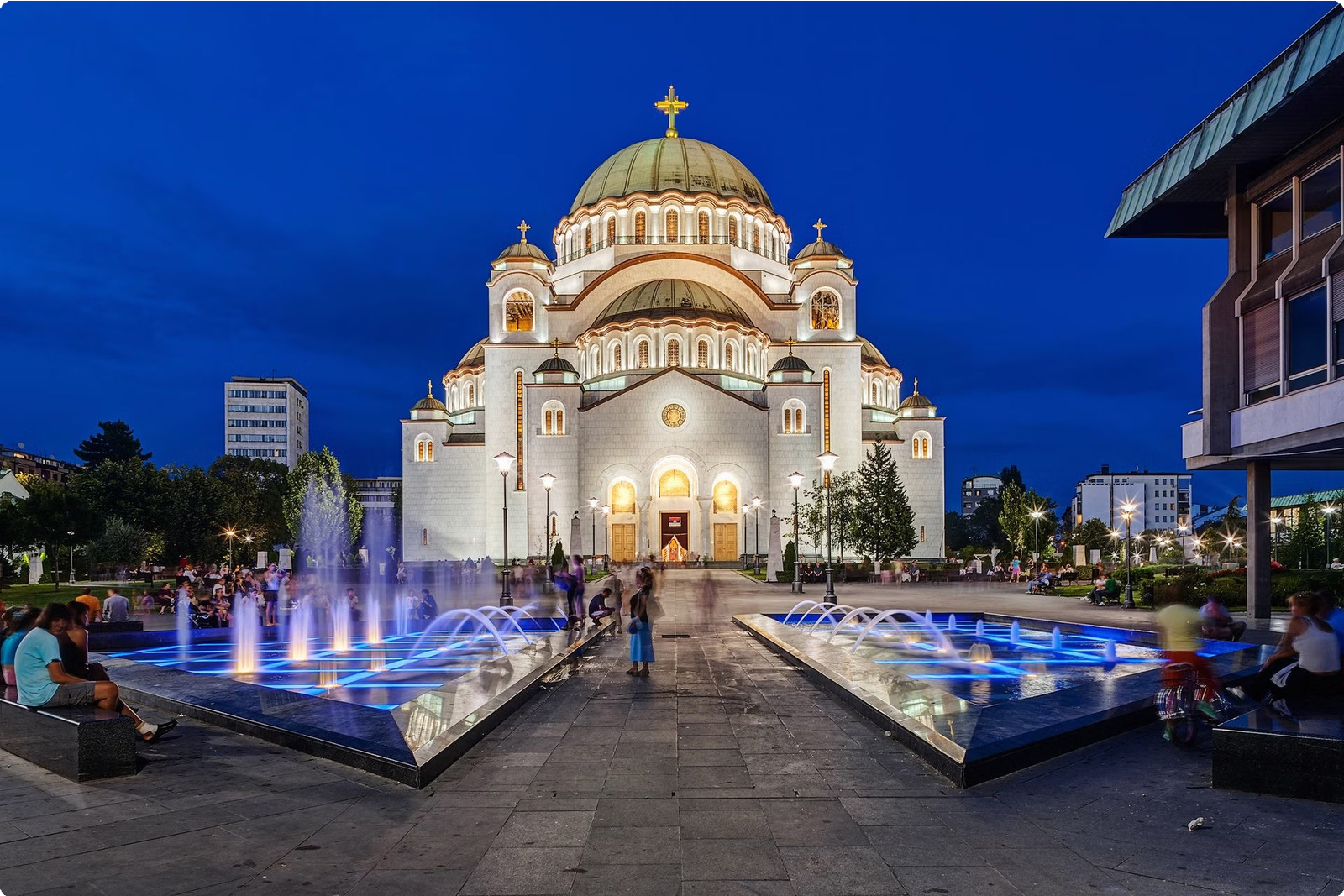
The history of Serbia is intricately intertwined with pivotal events such as the Battle of Kosovo, which holds great symbolic importance in Serbian national identity, and the struggles for independence and sovereignty. The preservation of heritage and traditions reflects the resilience of the Serbian people in the face of adversity throughout history.
The Natural Beauty of Serbia
Serbia is blessed with abundant natural beauty, from towering mountain ranges to cascading waterfalls and lush forests. The dramatic landscapes of Tara National Park and the peaceful beauty of Đavolja Varoš (Devil’s Town) attract nature enthusiasts from around the world. The diverse and picturesque terrain of Fruska Gora National Park, with its vineyard-covered hills and historic monasteries, offers a serene escape for travelers seeking tranquility.
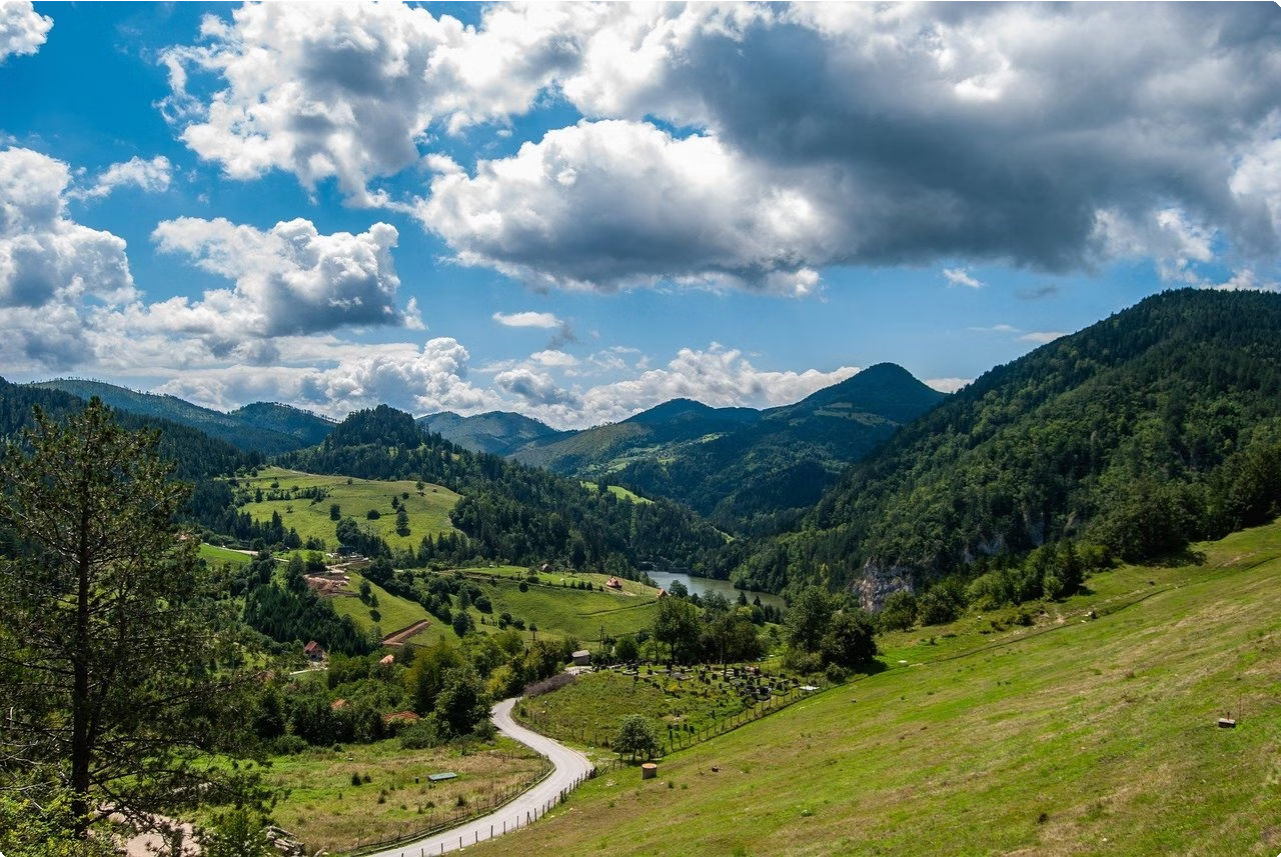
The stunning Perucac Lake and Uvac Canyon, carved by the Uvac River, provide breathtaking views and opportunities for outdoor adventures. The meandering Drina River, surrounded by verdant valleys, showcases the natural splendor of this Balkan nation. Whether exploring the rugged beauty of Kopaonik, the verdant expanses of Zlatibor, or the enchanting landscapes of Golubac Fortress, Serbia’s natural beauty is a testament to its diverse and captivating environment.
The Warm Hospitality of Serbian People
Serbia is known for its warm and generous hospitality, rooted in a long tradition of welcoming guests with open arms. Visitors to Serbia often experience a genuine sense of friendliness and warmth from the local people, making their stay truly memorable. Whether enjoying a traditional home-cooked meal, exploring the charming countryside, or participating in local festivities, the hospitality of the Serbian people is evident at every turn.
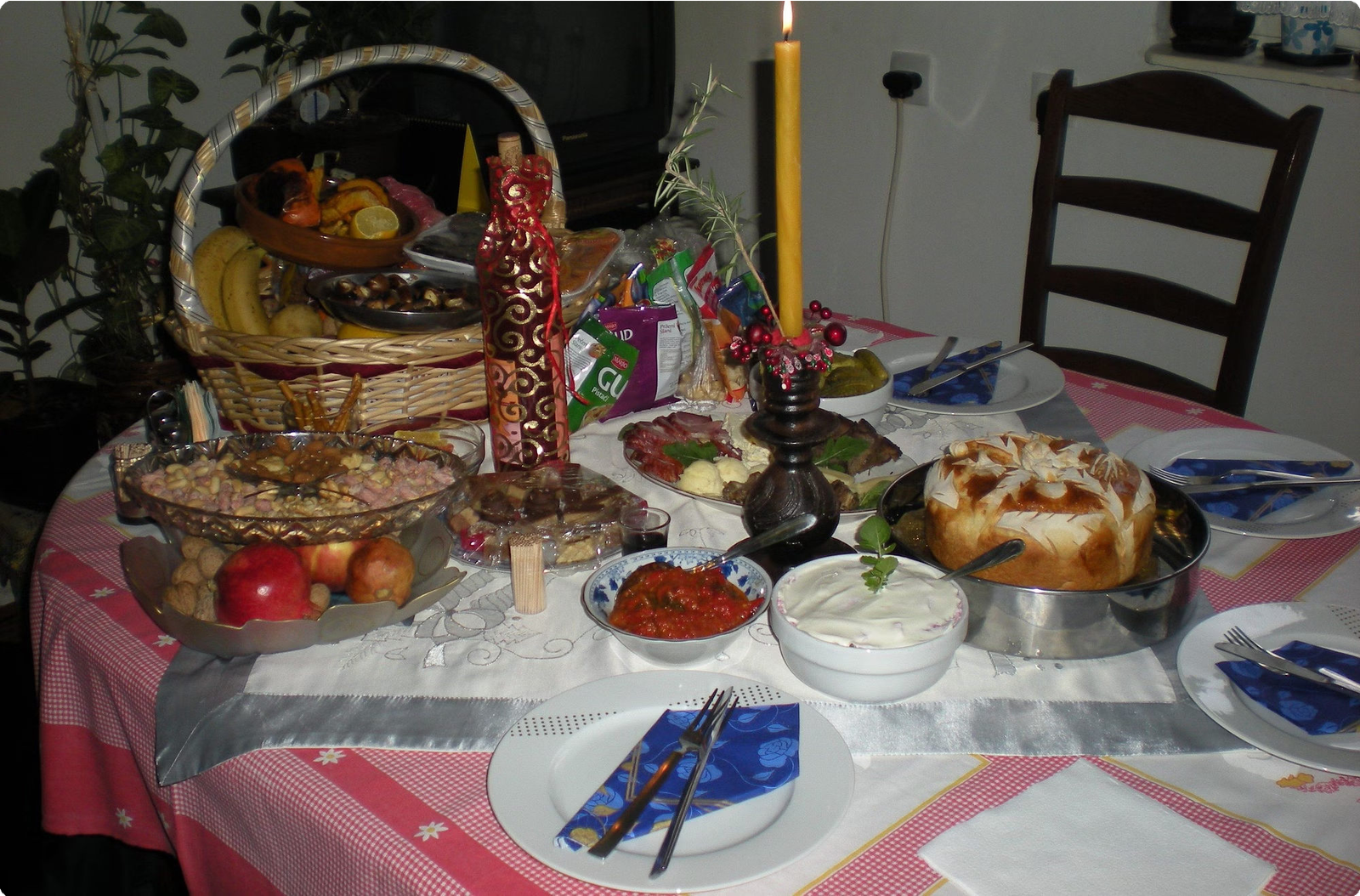
From sharing stories over a cup of coffee to receiving heartfelt guidance on exploring the local culture, Serbian hospitality leaves a lasting impression, creating a sense of belonging and connection with the vibrant and welcoming communities across the country. The warm smiles, genuine conversations, and authentic interactions add a special flavor to the overall travel experience in Serbia.
Tips for Traveling to Serbia
Weather: Serbia experiences a continental climate with hot summers and cold winters. Be prepared for temperature fluctuations and pack accordingly.
Local Transportation: The public transportation system in Serbia is well-developed, with buses and trams being the primary modes of travel within cities. Taxis are also readily available and affordable for shorter distances.
Language: While many Serbians speak English, it’s always helpful to learn a few basic Serbian phrases to enhance your travel experience and show cultural respect.
Cultural Etiquette: Serbians value hospitality and respect. When visiting homes or local establishments, it’s customary to remove your shoes before entering as a sign of respect.
Local Cuisine: Don’t miss the opportunity to indulge in traditional Serbian dishes such as cevapi, sarma, and ajvar. Embrace the local culinary scene for a truly authentic experience.
Useful Phrases in Serbian
Basic Greetings: When visiting Serbia, it’s always polite to greet people in their native language. Learn how to say “Zdravo” for hello, “Dobro jutro” for good morning, “Dobar dan” for good day, “Dobra večer” for good evening, and “Laku noć” for good night.
Common Expressions: Familiarize yourself with phrases like “Hvala” for thank you, “Molim” for please, “Izvinite” for excuse me, and “Da” for yes, as these will come in handy during your travel in Serbia.
Asking for Help: In case you need assistance, it’s essential to know phrases such as “Možete li mi pomoći?” for can you help me, “Gde je WC?” for where is the bathroom, and “Koliko košta?” for how much does it cost?
Food and Dining: Enjoy the local cuisine by learning to say “Hvala za ukusan obrok” for thank you for the delicious meal, “Jedno pivo, molim” for one beer, please, and “Račun, molim” for the bill, please.
Conclusion and Summary
As we conclude our exploration of Serbia, it’s clear that the country offers a rich tapestry of culture, history, and natural beauty. From the stunning Serbian Orthodox monasteries to the vibrant festivals and events, Serbia has something to offer to every traveler. The warm hospitality of the Serbian people adds an extra layer of charm to this already fascinating destination. Whether it’s exploring the historical and cultural centers, indulging in traditional Serbian cuisine, or navigating the Danube River, Serbia promises a memorable and enriching experience for all who visit. With a blend of warm hospitality and diverse attractions, Serbia truly stands out as a must-visit destination.
With this summary, we hope to have provided a glimpse into the allure of Serbia and encourage you to embark on your own Serbian adventure. From the historical cities to the natural wonders, Serbia invites you to immerse yourself in its captivating blend of tradition and modernity. We hope this overview has sparked a curiosity to discover the delightful surprises that Serbia has in store. Get ready to explore the warmth, history, and charm of this captivating Eastern European gem.